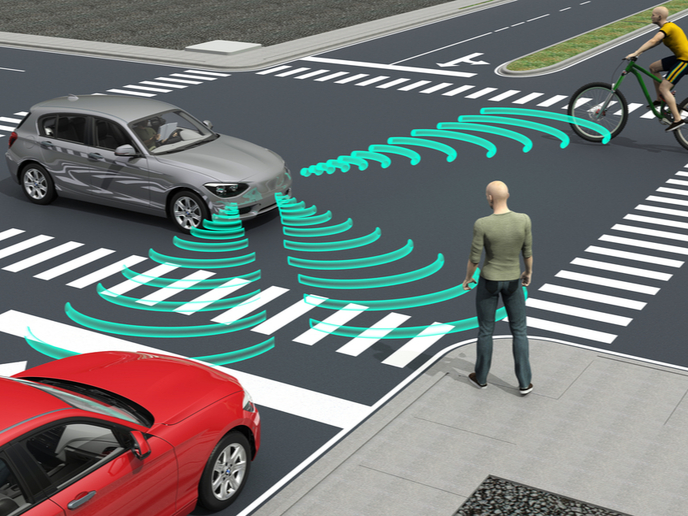Building trust in air traffic management AI
Artificial intelligence (AI) increasingly simplifies complex tasks and automates mundane ones entirely. In air traffic management (ATM), a lack of transparency around AI techniques such as neural networks and deep learning has serious consequences for trust and implementation. The ARTIMATION(opens in new window) (Transparent Artificial Intelligence and Automation to Air Traffic Management Systems) project, funded under the SESAR Joint Undertaking(opens in new window) to modernise Europe’s ATM system, has developed ‘explainable AI’(opens in new window) (XAI) algorithms that reveal the working of ATM’s increasing range of AI solutions. “As well as ensuring AI’s reliability and functionality for ATM tasks, our approach is to make it more acceptable, by making it more explainable,” says Shahina Begum, deputy leader of the Mälardalen University AI and Intelligent Systems group(opens in new window). ARTIMATION has developed algorithms using XAI techniques to support two common operational tasks: air traffic conflict resolution (such as rerouting aircraft to avoid collisions) and delay propagation(opens in new window) (understanding the reasons for delayed flights). “We have successfully developed proof of concept transparent AI models – generic enough to be adopted for a range of tasks, as well as adaptable over time, offering safe and reliable decision support,” remarks project coordinator Mobyen Uddin Ahmed, also from Mälardalen University, the project host.
From proof of concept to in situ testing
After a literature review of ATM AI options, the ARTIMATION team selected off-the-shelf open access algorithms such as Random Forest(opens in new window) as their preferred solutions. Working with ATM experts across three online workshops, the team customised these. The tweaked algorithms were then lab-tested by representatives from Mälardalen University and project partner, the French National School of Civil Aviation(opens in new window) (ENAC). The result was an XAI prototype which increased user understanding of the stages leading up to a critical decision, alongside the underlying logic driving that process. Users follow AI explanations using headsets integrated with 3D visualisation tools, such as data-driven storytelling and immersive analytics. Explanations cover the three levels of automation developed by the team. In level one, users have the most control; in level three, the AI does. User testing is currently underway at the ENAC premises in France, exploring simulated air traffic conflict resolution and delay propagation scenarios, in conjunction with partners Deep Blue(opens in new window) and Sapienza University(opens in new window), both in Italy. “Our prototype was able to accurately predict delays 90 % of the time,” adds Ahmed.
Future possibilities on the horizon
There are tests of the prototype planned at ENAC’s ATM simulators in France. This qualitative assessment will explore in more detail issues around acceptability, safety, roles and task allocation. “We will delve deeper into how different levels of transparency and visualisation techniques influence trust, as well as the performance of both humans and the system,” explains Ahmed. “We will investigate how users respond physiologically and psychologically to AI, using various neurophysiological measurements.” These measures will especially assess workload, stress and operator acceptance of different XAI levels. Begum even envisions AI systems in the future which interface with the human brain – effectively reading the intention of users to speed up operator control – hosted within immersive environments, such as virtual reality. As ARTIMATION’s solution follows adaptability design principles, it could be further rolled out to additional ATM tasks, such as object detection. According to Begum: “Automated monitoring, control and decision support could even one day lead to a ‘virtual or remote-control tower’ removing the need for any of the physical assets we see now.” The team are currently also working on AI guidelines for delay propagation and conflict resolution, designed for air traffic controllers and AI communities.







